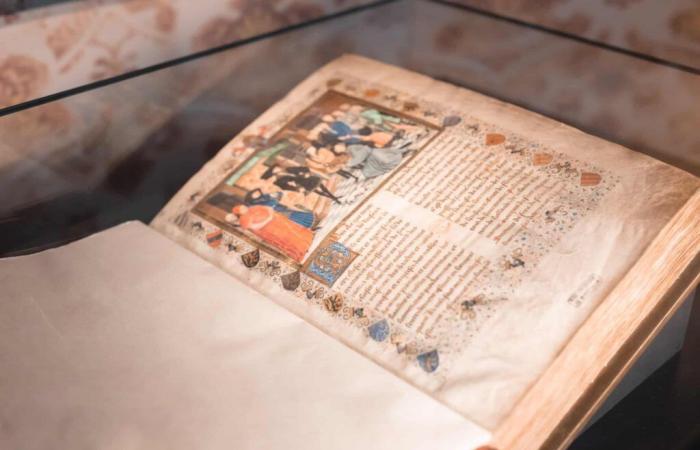
On May 23, the Kbr Museum in Brussels reopens its doors to consider a new way of showing its funds.
The inauguration, which will take place throughout that weekend, will have an agenda full of activities that combine knowledge, art and entertainment.
The event will feature guided tours of the new museum tour, concerts in the Nassau chapel with contemporary interpretation of ancient polyphony and participatory workshops for all audiences, as well as with poetic and sound performances by the Speaokeasy collective and the Youyou group, and a party at the Albert restaurant with views throughout the city.
So far, the concrete of reopening, but why is this museum so little known to Spanish tourists?
The KBR Museum retains and exhibits one of the most valuable cultural jewels in Europe: the Library of the Dukes of Burgundy, a collection of manuscripts of incalculable historical and artistic value.
This reopening is a paradigm shift by incorporating a new thematic axis: Franco-Flamenco polyphony of the fifteenth and sixteenth centuries, one of the most transcendent cultural exports of historical countries.
Thanks to the collaboration with the Alamire Foundation, a world reference center in the study of ancient music, the museum has developed interactive facilities that allow visitors to listen and manipulate authentic musical works, discovering the complexity of vocal polyphony through immersive technology.
In addition, with this new approach, composers such as Josquin des Prez, Johannes Ockeghem or Adriaan Willaert will live with the great masters of painting and miniature in a common narrative of the Burgundy-Habsburg splendor.
The museum’s collection, carefully preserved for more than 600 years, includes unique manuscripts such as Margarita’s songbook of Austria, the Choir Book of Felipe El Hermoso and Juana de Castilla, or the so -called “Tournai Scores.”
All of them will be presented to the public through a rotation system every six months to guarantee their preservation.





